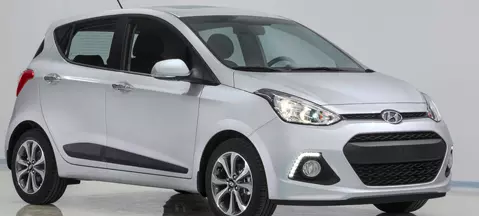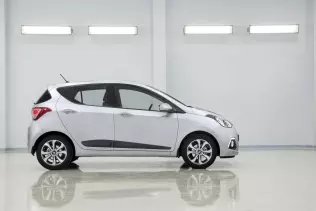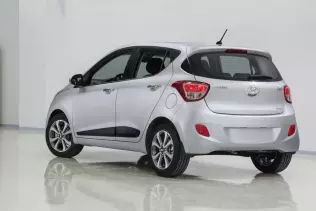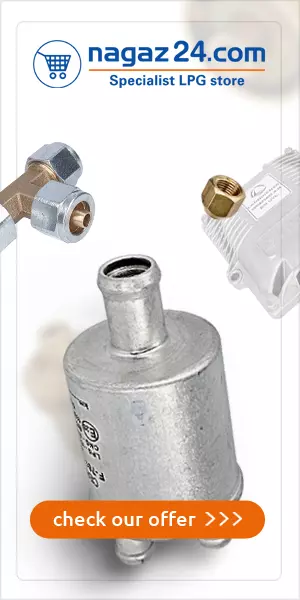- Main page
- Search
- Up to date
- Products
- Technology
- Vehicles
- Video
- Conversion Payback Simulator
Port Injection - Conversion Payback Simulator
Direct Injection - Conversion Payback Simulator
Diesel - Newsletter
Hyundai i10 LPG - we've been expecting you
 loading results...
loading results...
 © HyundaiIt's smart-looking, it stands out and it's wallet-friendly - do you need more for city driving?
© HyundaiIt's smart-looking, it stands out and it's wallet-friendly - do you need more for city driving?The debut of the second generation Hyundai i10 is good news in its own right – finally the Korean city car doesn't look like a shopping trolley with roof and has what it takes to make itself memorable in the eyes of potential buyers. We suppose many of them won't remain indifferent to the possibility of equipping the car with an optional custom-made autogas fuel system. Not only is it tailor-made, but also it was designed along with the car and is fitted to the car right on the assembly line in the factory. The way the LPG system is integrated into the car is worthy of praise.
Which is a good thing, because there is little to marvel about when it comes to engine performance figures. The 1-litre, 3-cylinder engine churns out 66 PS on petrol and 67 PS on autogas (at 5500 and 6200 rpm, respectively), but hold a second before you go yowza about it, as peak torque (which is much more useful in everyday city driving than power) drops from modest 94 Nm on petrol to even more modest 90 Nm in LPG mode and, which makes it worse still, is available at 4500 instead of 3500 rpm. While it shouldn't matter in city driving, you might end up permanently discouraged to overtake.
Since the i10 is Picanto's "clone” in terms of technology underpinning it, it's equipped with a liquid state autogas injection system, eliminating the reducer and – by its nature – lowering temperature of the working engine around the head and valvetrain. In theory, it should also be possible to achieve fuel economy figures comparable to those in petrol mode, as liquid state LPG vapourises in the intake manifold, very near combustion chambers, and works like intercooler, cooling the air-fuel mixture and boosting its density, thus enhancing combustion efficiency. We'll verify that theory the first chance we get, so stay tuned for a road test. Meanwhile, we're happy to see factory-converted LPG-powered Korean cars entering markets other than Korea.
You may also find these interesting:
 loading results...
loading results...








